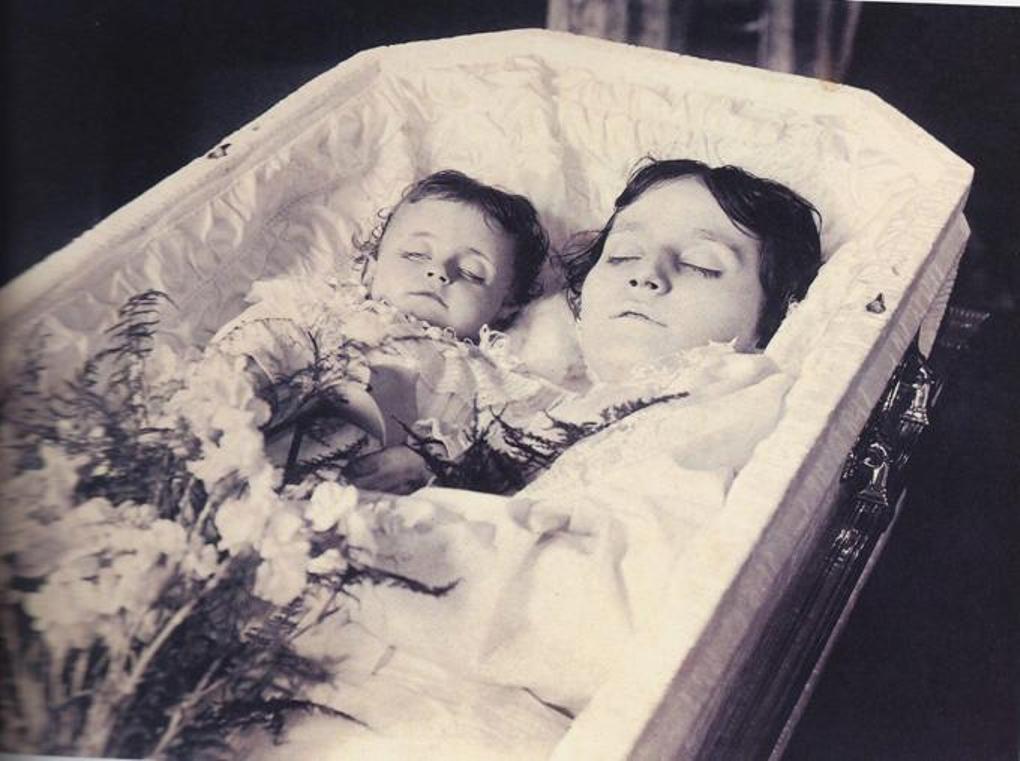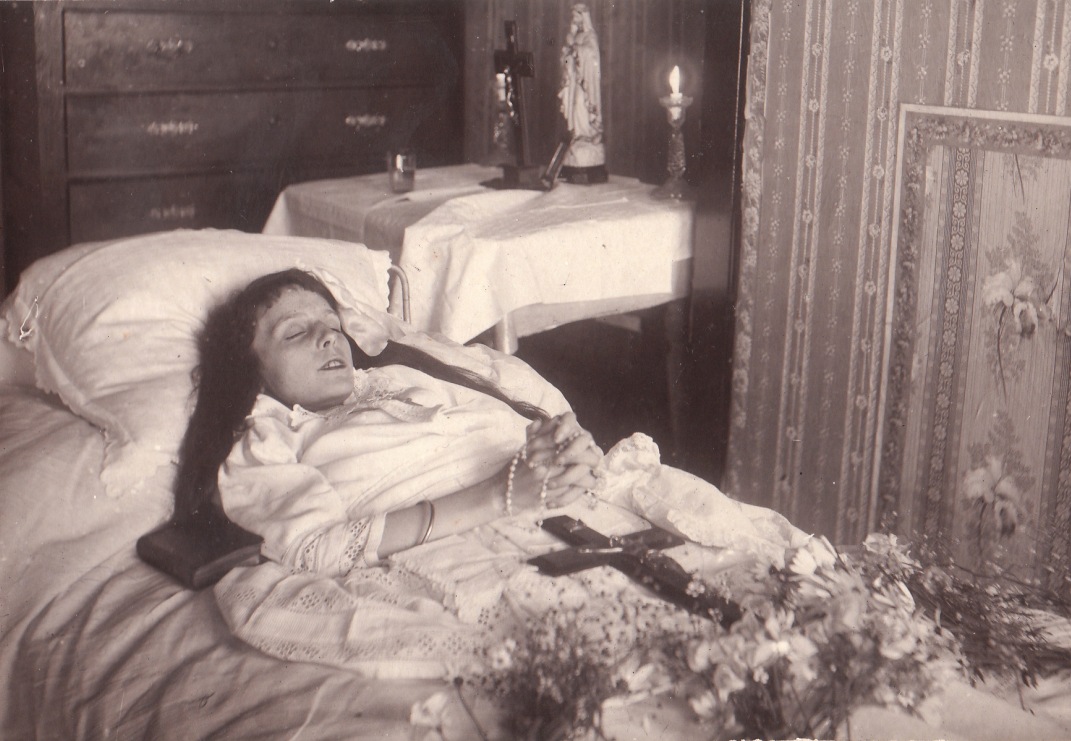
On this month's Morbidly Fascinating Page:
Victorian Post-Mortem Photography: how was it done?
In the Morbidly Fascinating Archives
Photographs of Ghosts
Mob Hits
Spontaneous Human Combustion
Haunted White House
Deep Sea Creatures
We have all seen photographs of deceased Victorians...but we don't know how it was done. First, let's start with why it was done.
Post mortem photographers had a slogan: “Secure the shadow, ere the substance fades.”
Today, post-mortem photography may seem macabre to us. But to the Victorians, it was a way to cope with ubiquitous death and memorialize lost loved ones. In many cases, photographic images of the deceased were the only images by which to remember them. Thus, post-mortem photography not only sought to capture the image of the deceased, but often attempted to make the deceased appear alive. Great efforts were made to pose the deceased in life-like poses and put them in settings with family members, friends, dogs, even livestock and included posing deceased children with live siblings, dolls, favorite toys, or stuffed animals.
These touching scenes were called “mourning tableaux” and attempted to create the only lasting image of the dead in an evocative manner: a husband holding his deceased wife, a mother holding a dead infant, siblings posing around their lost sister or brother. Some subjects were photographed with their favorite book, Bible, a crucifix, rosary, flowers, or even pets.
Below are some examples of Victorian post-mortem photography:



How it was done could take various forms. The simplest, of course, was holding the head of the deceased with one's hand.
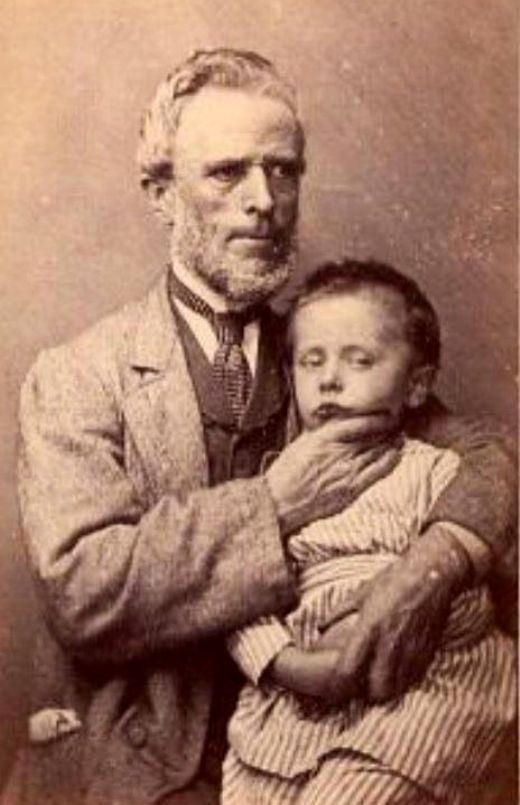
To achieve life-like portraits, clamps were sometimes used to hold the body in place. These were various intruments, as some were too flimsy to support the weight of a corpse. Timing was also important, as rigor mortis appeared approximately two hours after death in the muscles of the face, progresses to the limbs over the next few hours, completing between six to eight hours after death. Rigor mortis then stays for another 12 hours (till 24 hours after death) and then disappears. A body could not be maniuplated into photography positions during the rigor mortis process.
In the first photo, the man was alive. This is the actual photographer testing his clamping apparatus.

This one (below) was also of a living person. The clamp was used simply to keep the child still while being photographed, since daguerreotypes and tin-types took long exposure times, and the subjects needed to stay still, expecially children. Today, many of these types of photos are often mistaken for Victorian post-mortem photography.
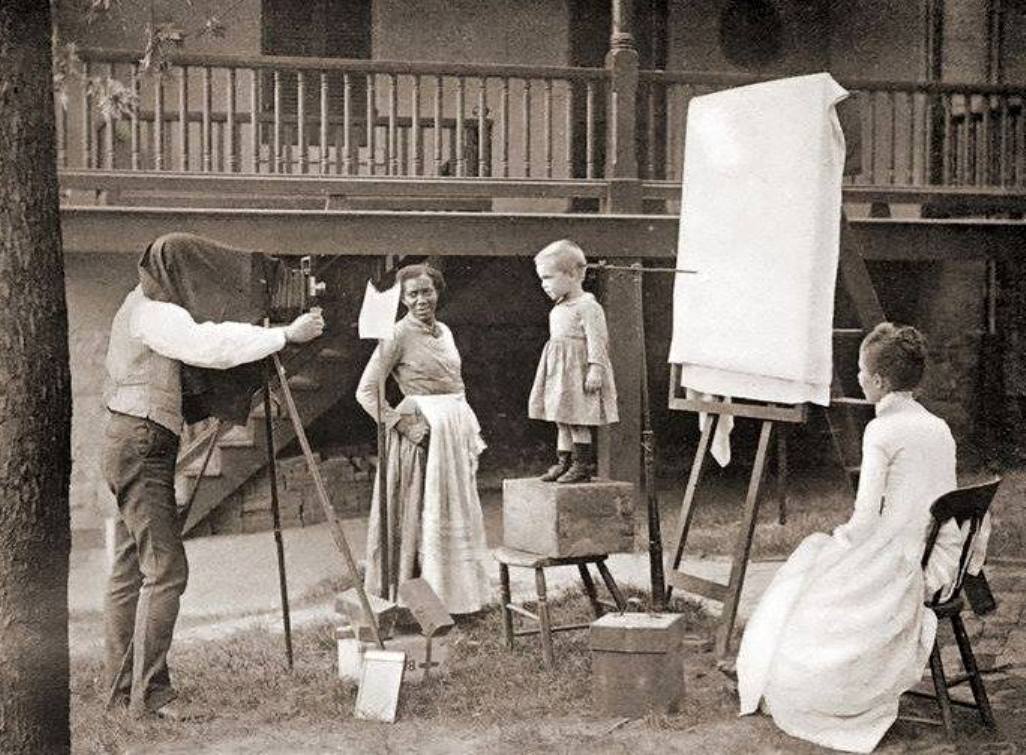
Below are examples of clamps:

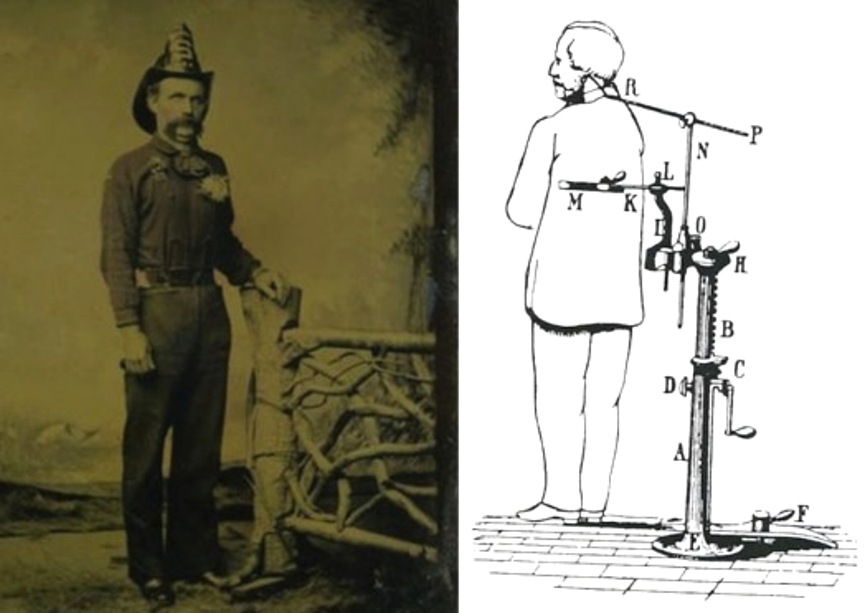

In addition, to achieve a natural, alive look, many post-mortem portraits were painted, and eyes were often drawn to be open.
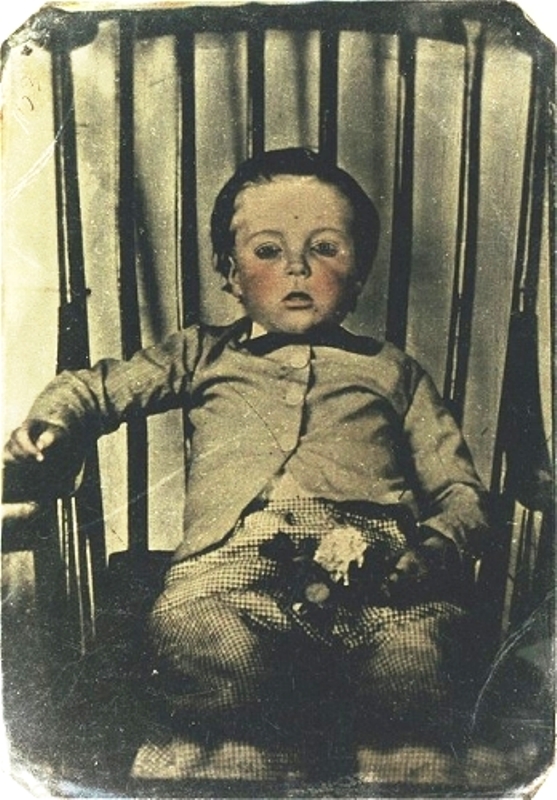
Leading daguerreotype photographer Albert Southworth wrote in a 1873 edition of the Philadelphia Photographer of the challenges of posthumous photograph: “If a person has died and friends are afraid that there will be a liquid ejected from the mouth, you can carefully turn them over just as though they were under the operation of an emetic. You can do that in less than a single minute, and every single thing will pass out, and you can wipe out the mouth and wash off the face and handle them just as well as if they were well persons.”
Some attempted to physically open the eyelids, which usually resulted in a grisly effect. Eyes that remained open after death dried and the exposed cornea turns reddish orange to black. This effect is referred to as "tache noire," meaning "black stain" in French. However, the eyes could be opened if soon enough after death. Opening the corpse’s eyes might seem daunting, photographer Charlie E. Orr wrote in 1873, but “this you can effect handily by using the handle of a teaspoon.”
Sometimes picking out the dead person in the photo can be difficult. One of these children in the photo below is not alive.
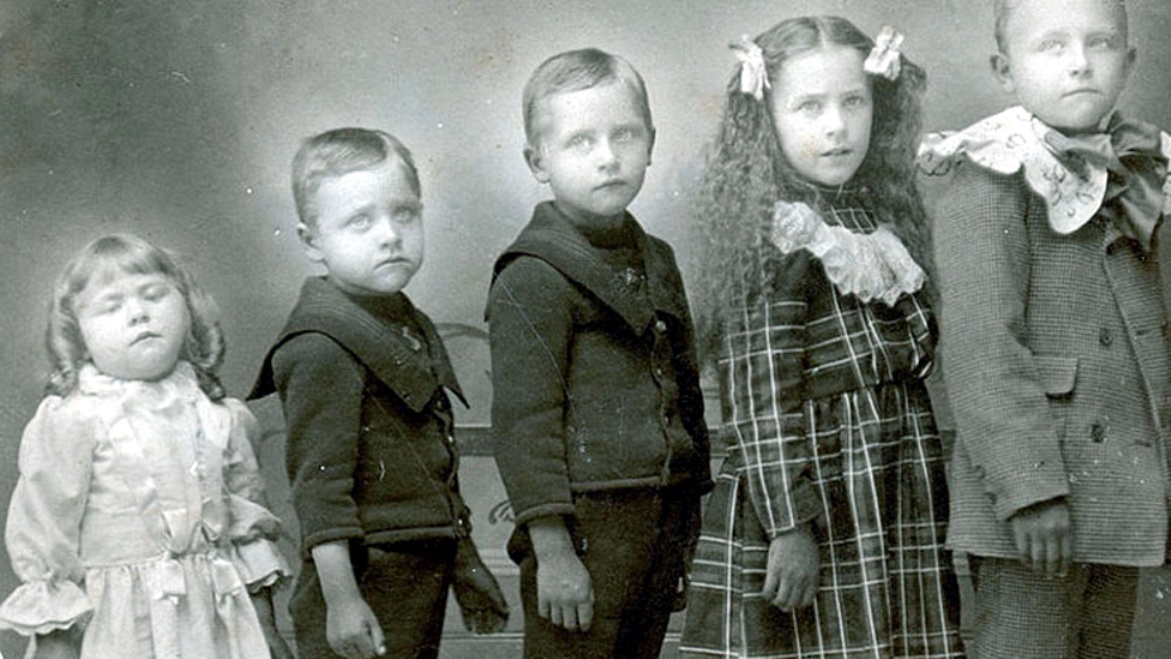
Victorian photography was an expensive luxury that many could not afford. The other problem was that there were not a lot of photographers who did this sort of work. Therefore, sometimes it would take a while for a family to secure a photographer. Oftentimes, decomposition would begin before a photograph could be taken, as the below example.
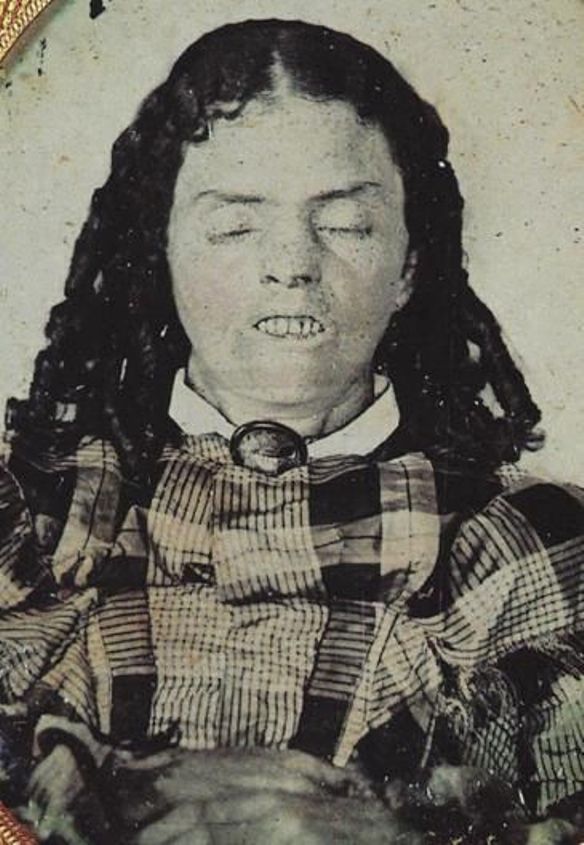
Many Victorian post-mortem subjects are referred to as "Sleeping Beauties" today.
